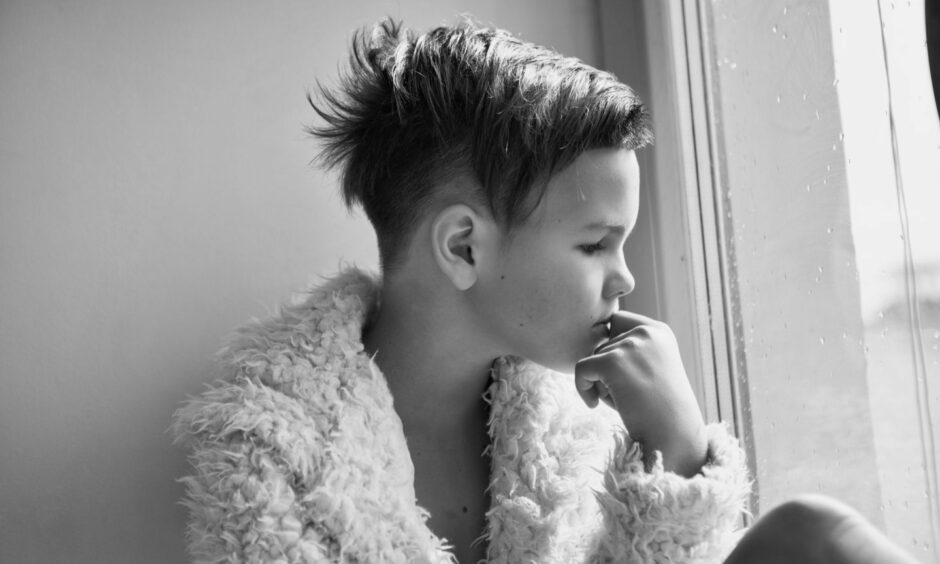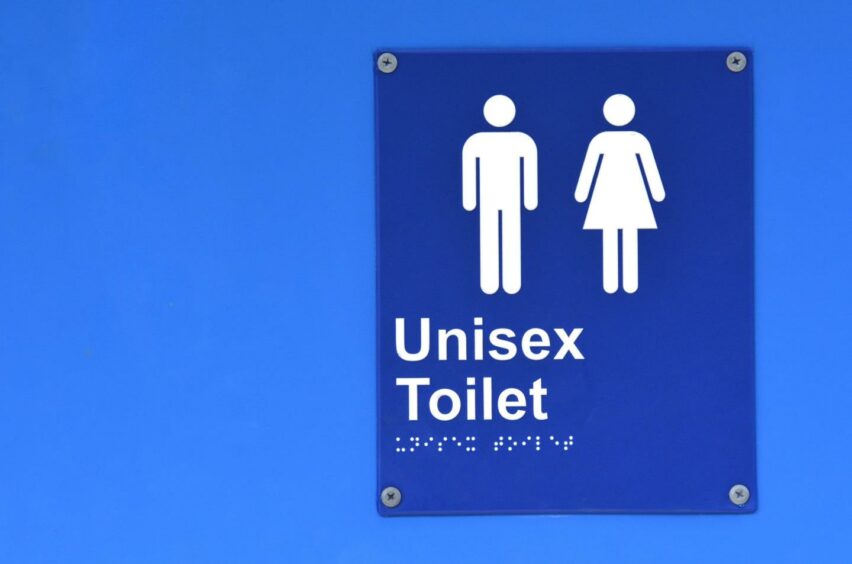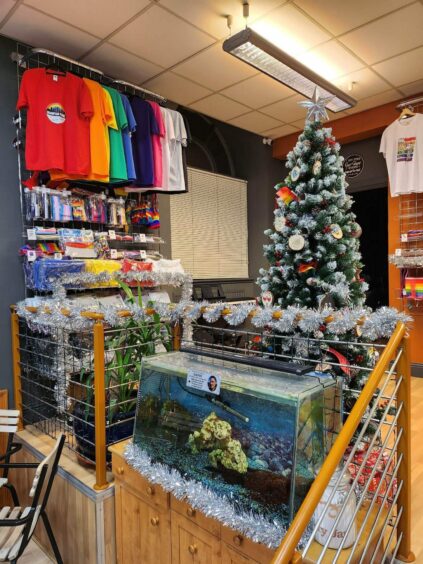
Gender identity can be a confusing issue for adults, so imagine how it feels for children.
If you’re the parent of a trans child, you may feel overwhelmed with emotions.
How can you support your child on what could be a very difficult path?
The P&J asked Four Pillars in Aberdeen for their advice. Established in 2016, Four Pillars provides support groups, social activities and awareness training for the LGBT+ community in Grampian.
Chairwoman Rachael Beedie reminds us that parenting a trans child is still essentially about good parenting.
Rachael talks us through the main challenges of supporting trans children, and offers some words of advice.
Make your home a safe space for your child
For kids, one of the biggest challenges is coming out as trans to their parents. “It can be very difficult, and for a lot of parents it feels like it’s come out of nowhere,” says Rachael.
While some children will experiment with clothes, styles and even names from a very young age, others will seem typically ‘boyish’ or ‘girly’ until they hit their teens. As puberty draws closer, some young people suddenly realise they don’t identify with their gender.
Parents may fear that ‘allowing’ experimentation will push children to a particular conclusion. But Rachael says supporting your child on this journey is crucial.
“The best thing is to let them express themselves,” she says. “It’s important for their mental health that they’re supported and allowed to experiment. Make your home a safe space where they can try things out until they’re ready to go out in public.
“Very few kids change their minds after coming out as trans, and we do less harm as parents if we support them.”
It’s normal to feel grief
Many of the parents who come to Four Pillar support groups talk about a sense of grief.
“Parents often talk about feeling like they’ve lost a child,” says Rachael. “We tell them it’s not the child they’ve lost, it’s the future you thought they would have.”
She emphasises that parents are not alone in those feelings, and it’s best to talk to others going through the same thing.
“It’s important to get support, so you don’t put that on your child,” she says.
By dealing with your own emotions, you’ll be better able to help your child to navigate the years ahead.
“The main thing people talk about is worrying about their child – it’s not easy being trans in today’s society,” says Rachael.
On the most practical level, learning different gender pronouns and adjusting to a new name can be very difficult.
“Those changes are incredibly hard, but if you use the correct terms and names it validates them so much,” says Rachael.
While parents often worry what other people will think, Rachael says the majority of people are actually supportive. She advises being matter-of-fact about it and simply stating your child’s name and pronouns. Understanding has come a long way.
Gender pronouns are a relatively new set of terms, and this can cause anxiety. Rachael says there’s nothing wrong with simply asking someone what their preferred pronouns are – you’re unlikely to cause offence. If you get it wrong, say sorry, and aim to get it right the next time.
Getting the right support for trans children
Once those first tentative steps are out of the way, there’s a far bigger journey ahead. That might include physical as well as mental and emotional hurdles.
“You follow your child’s lead,” says Rachael. “Some kids want to do everything right away, while others go at it slowly, a little at a time.”
School is a good place to start, and parents should have a frank, open discussion with a child’s head teacher or guidance teacher. Rachael says schools will give parents a form to sign confirming the child’s new name and pronouns.
By law, children can use the toilet and changing facilities with which they identify. Many schools will also offer a third option, such as using disabled facilities or having a private space to change. It’s generally left up to the child to decide.
“A lot of schools have never had a trans pupil, but generally we’ve found schools aren’t too bad in terms of understanding and support,” says Rachael.
Children too, are often very understanding. “Sometimes bullying is an issue, and it usually comes from a place of ignorance,” says Rachael.
“But on the whole, kids seem to get it. We more often see cases where the aggression is coming from the parents. Attitudes like ‘Don’t be friends with the trans kid, in case it’s catching.'”
Sadly, a high number of trans people experience anxiety, depression, self-harm and suicide. Organisations like Four Pillars are there to support trans children and their families.
“Being trans isn’t a mental illness, but existing as trans can cause mental illness,” says Rachael.
Long waiting lists for hormone therapy
One common issue is the sheer frustration of waiting for medical help. Scotland has only one gender clinic for young people – Sandyford in Glasgow – and the waiting list is three years long.
“Because of the wait times, we advise parents to get on the waiting list right away, even if they might end up not needing it,” says Rachael.
The usual process is for children to have a psychological assessment. There won’t be any medical intervention until a child hits puberty, at which point they may be able to opt for blockers to prevent any physical development.
“These blockers have been used for 30 years to treat precocious puberty, so we know they’re just temporary,” says Rachael. “They just give kids more time.”
This is important because while puberty blockers are temporary, natural puberty is permanent and can’t be reversed without major surgery.
Young people won’t be given permanent medications until they’re 16, or offered surgery until they’re 18.
“It’s a very slow, very careful process,” says Rachael.
But if you’re 12 and hoping to avoid puberty, a three-year wait for treatment can feel traumatic.
That’s what makes the factors children can control – their name and pronouns, clothes and appearance – so important.
Rachael spoke to The P&J on the morning of the landmark gender reform bill debate in Holyrood. Asked if the Scottish Government is heading in the right direction, she doesn’t hesitate to answer.
“Absolutely yes. There needs to be an easier process for trans people.”
While the law is catching up on trans rights, groups like Four Pillars have been on the frontline for years.
Rachael’s key message for any parents or trans children reading this article: “You are not alone.”





Conversation